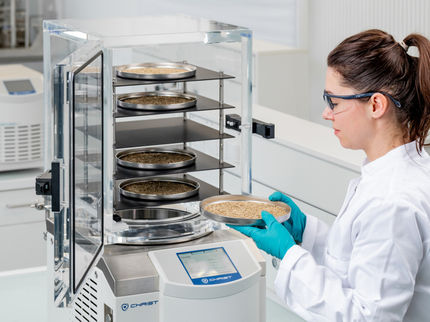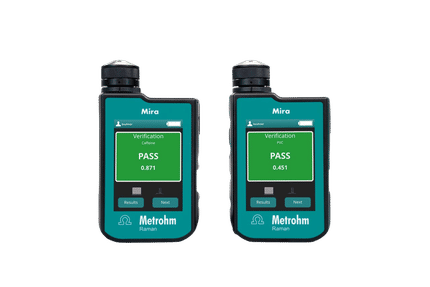To use all functions of this page, please activate cookies in your browser.
my.chemeurope.com
With an accout for my.chemeurope.com you can always see everything at a glance – and you can configure your own website and individual newsletter.
- My watch list
- My saved searches
- My saved topics
- My newsletter
Hammick reactionThe Hammick reaction is a chemical reaction described as a thermal decarboxylation of α-picolinic (or related) acids in the presence of carbonyl compounds to form 2-pyridyl-carbinols. Product highlightUsing p-cymene as solvent has been shown to increase yields. Reaction mechanismUpon heating α-picolinic acid will spontaneously decarboxylate forming a zwitterion (2). In the presence of a strong electrophile, such as an aldehyde, the zwitterion will react with the carbonyl faster than protonating. Upon proton transfer the desired carbinol (4) is formed. References
Categories: Addition reactions | Carbon-carbon bond forming reactions |
| This article is licensed under the GNU Free Documentation License. It uses material from the Wikipedia article "Hammick_reaction". A list of authors is available in Wikipedia. |







